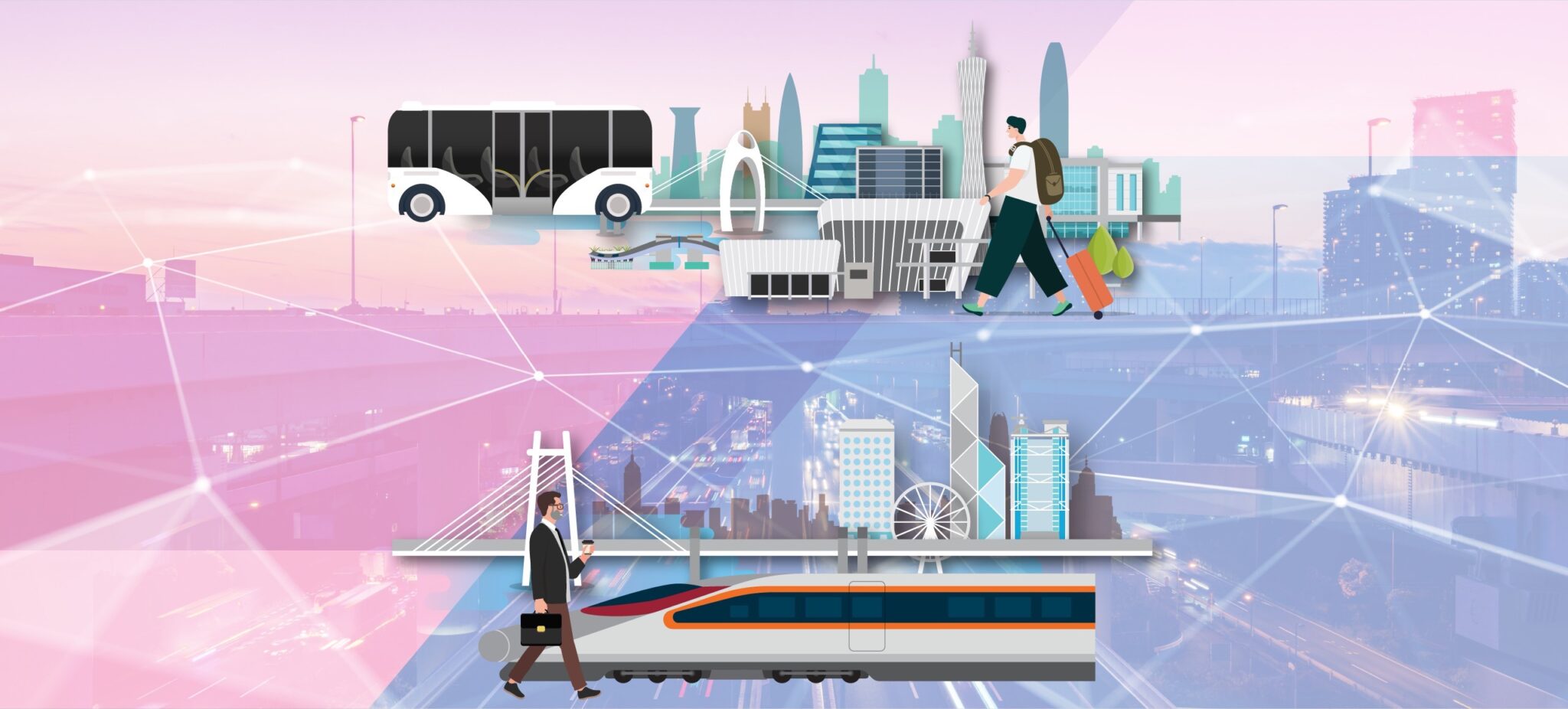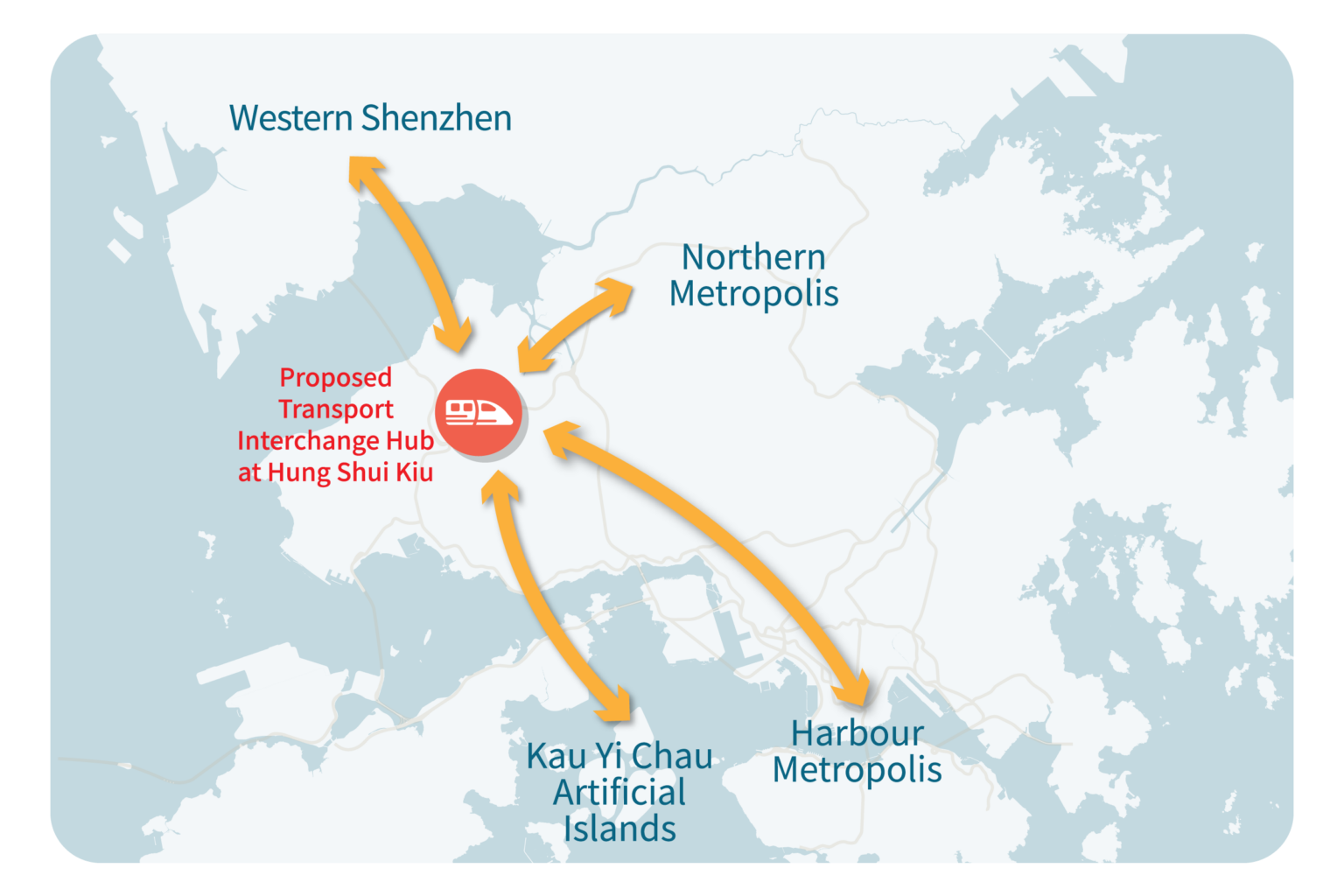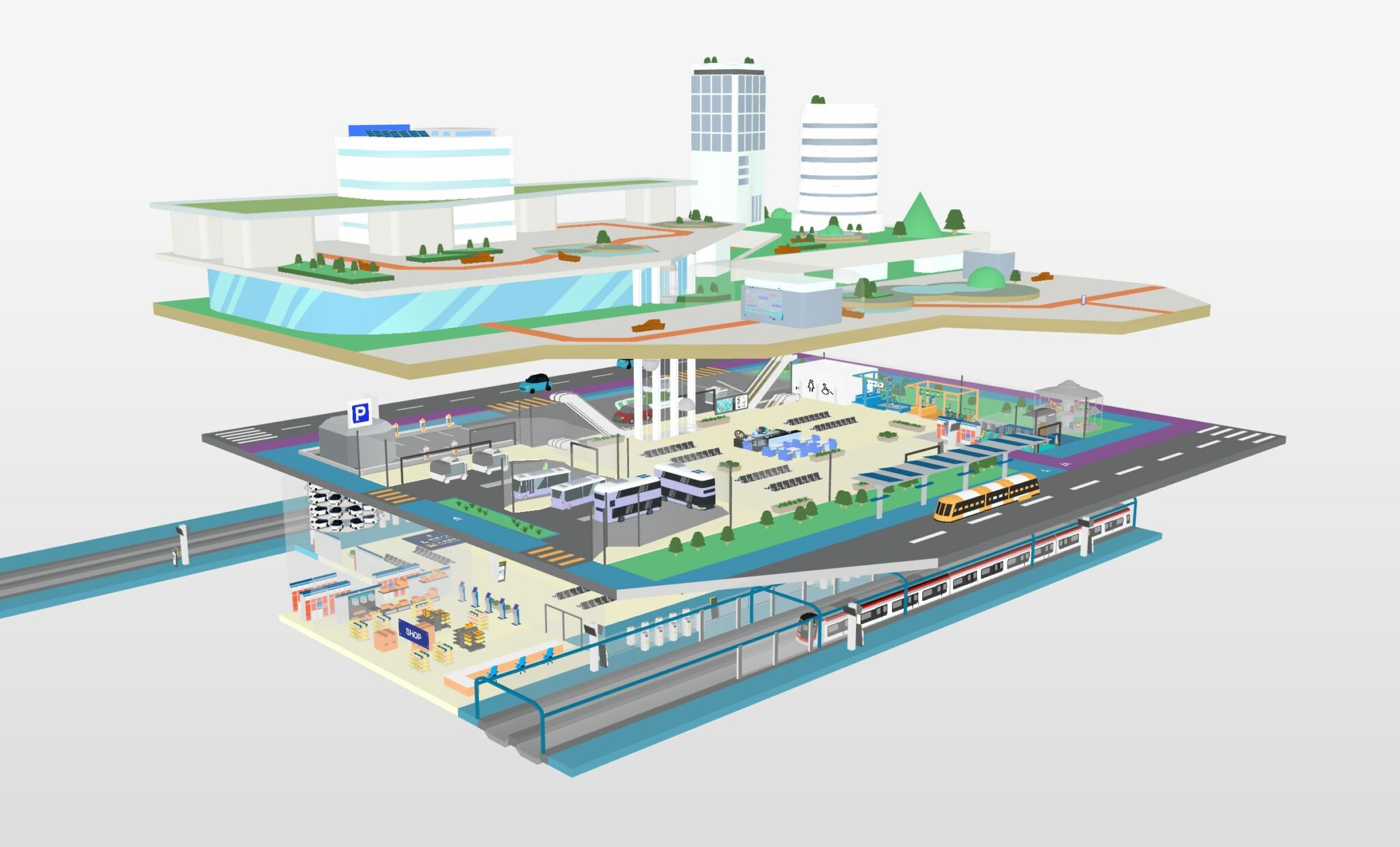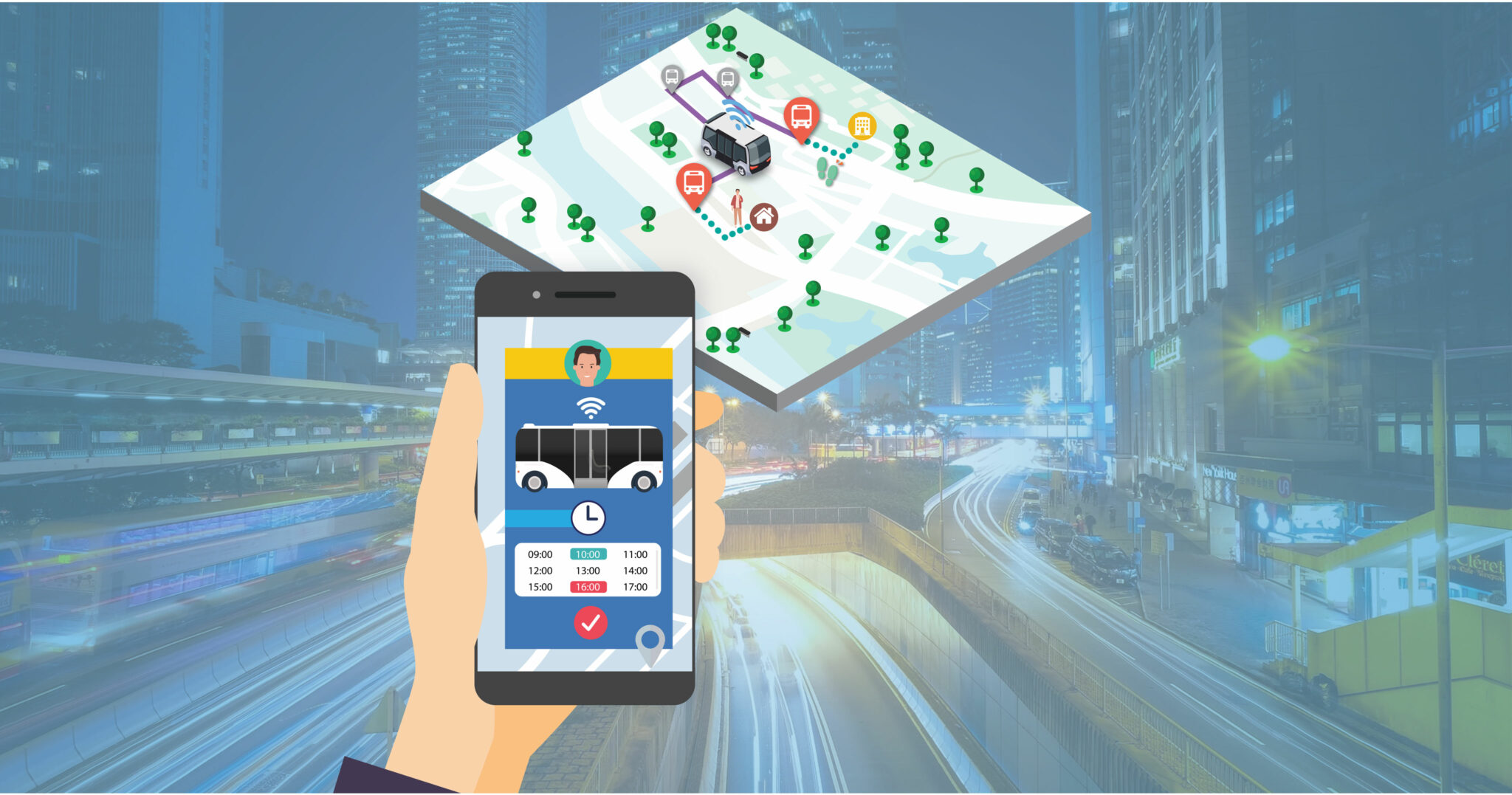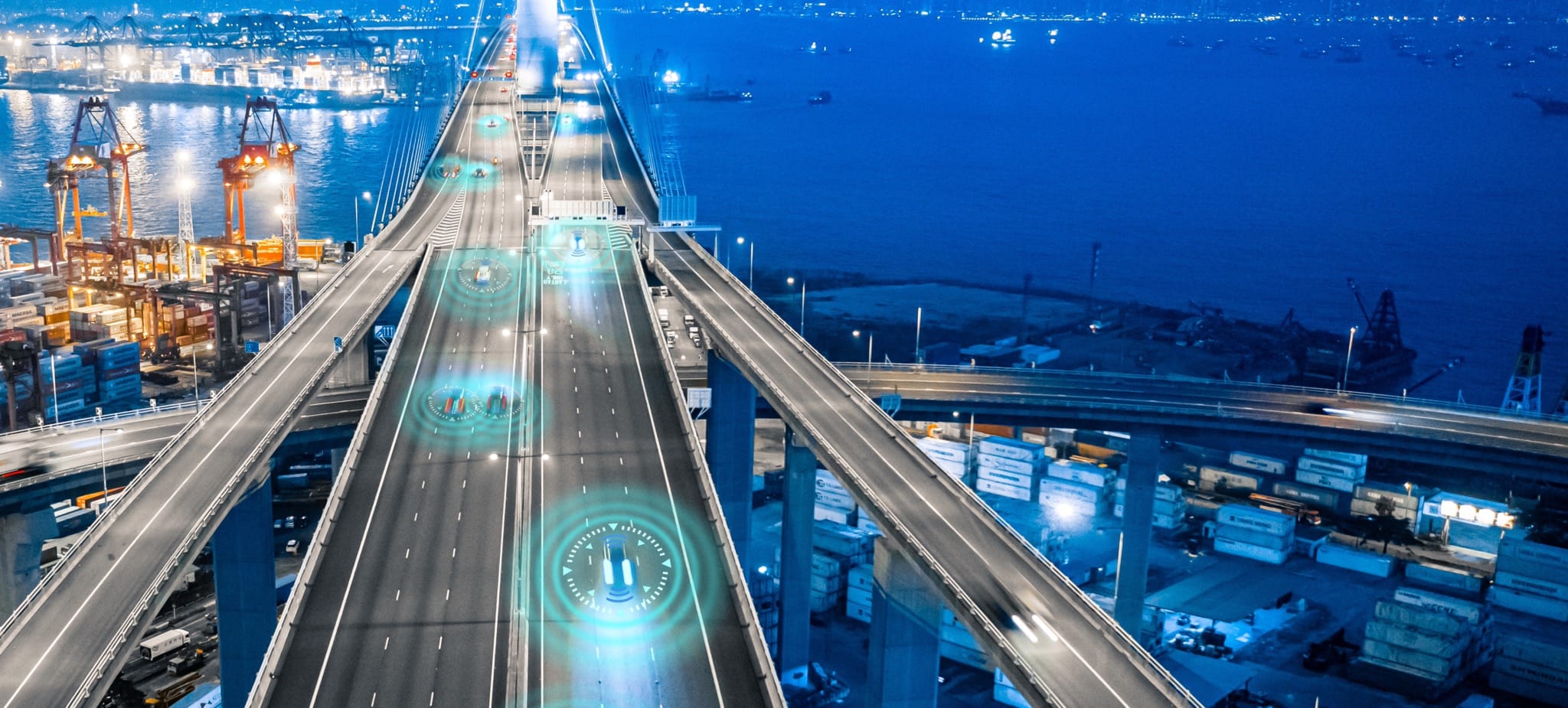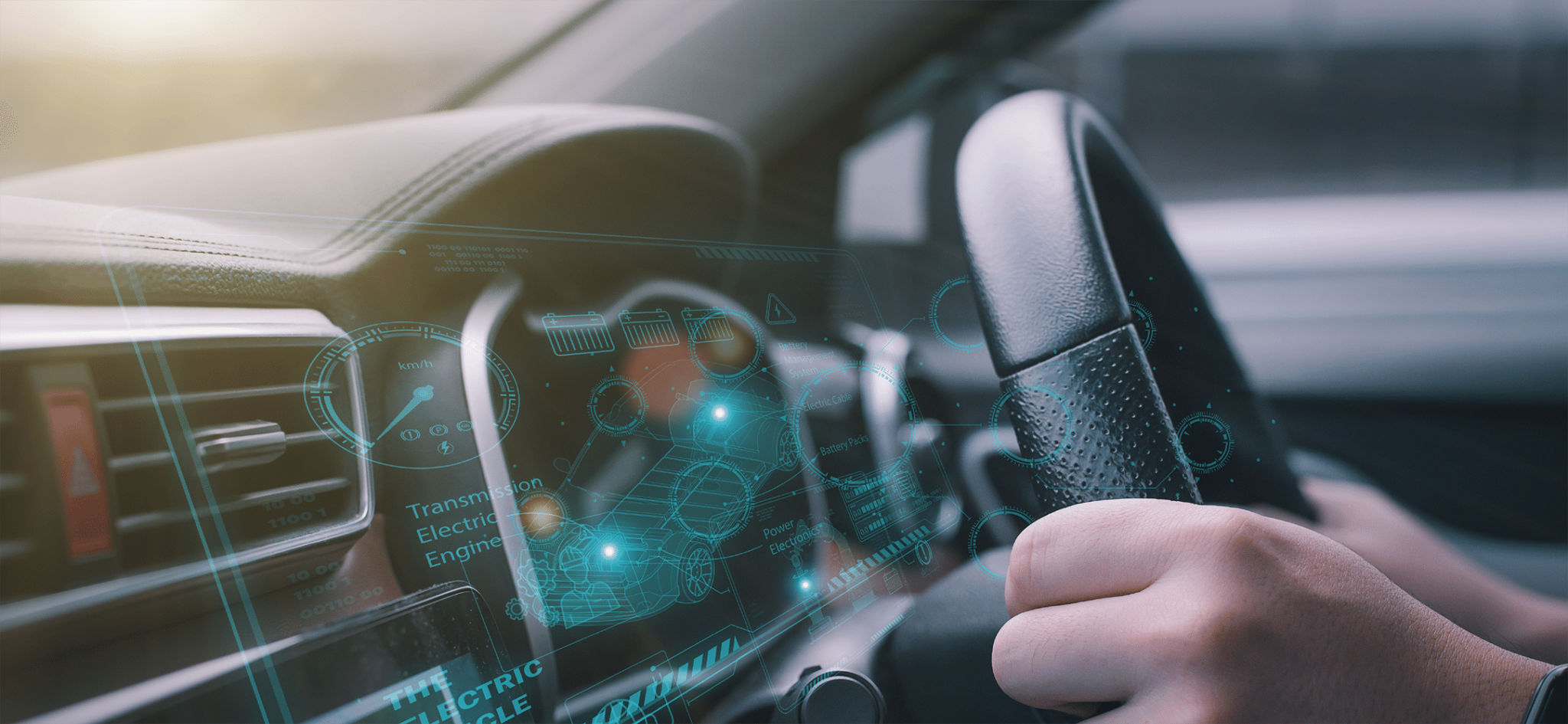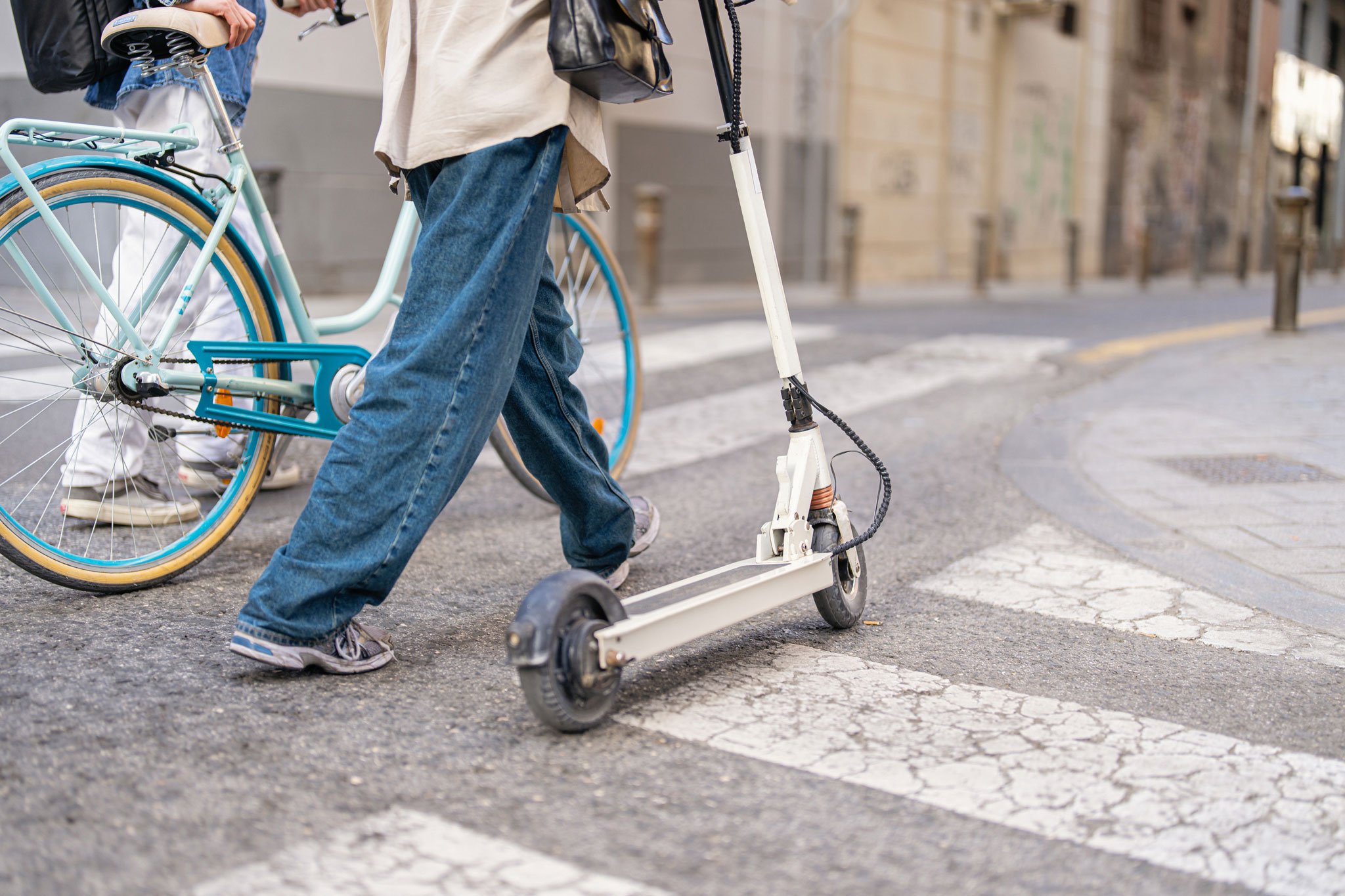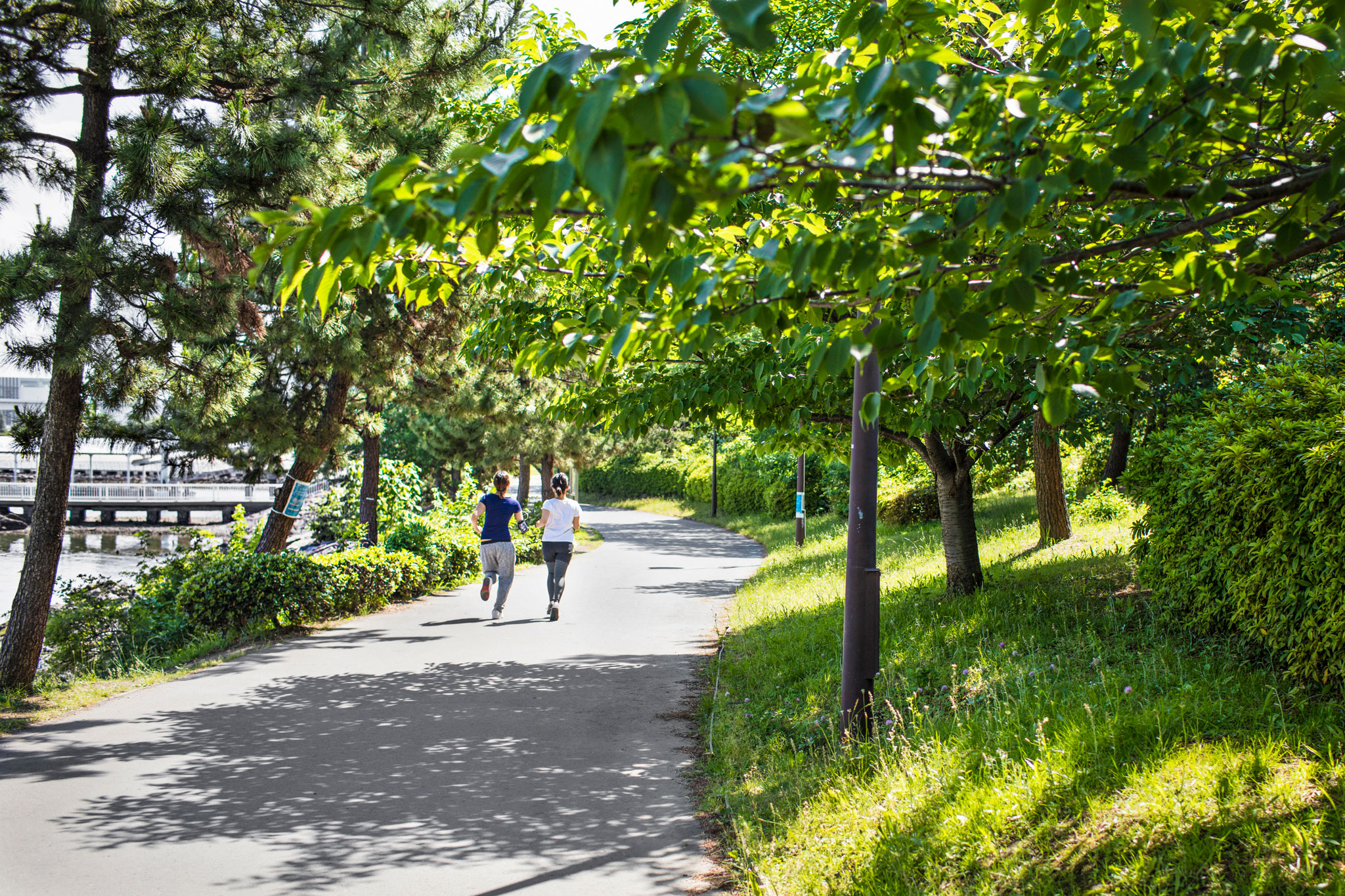Connecting Other Cities in the Guangdong-Hong Kong-Macao Greater Bay Area (GBA)
Making Continuous Improvements to Cross-boundary Public Transport Services for Better Connectivity with Other Cities in the GBA
Existing Cross-boundary Transport
Currently, there are 10 major land-based control points in Hong Kong, among which 6 are road-based control points (located at Shenzhen Bay, Lok Ma Chau, Man Kam To, Sha Tau Kok, Hong Kong-Zhuhai-Macao Bridge and Heung Yuen Wai) and the other 4 are rail-based control points (located at Lo Wu, Lok Ma Chau Spur Line, Hung Hom and Express Rail Link Hong Kong West Kowloon Station).
Land-based cross-boundary travellers between Hong Kong and Shenzhen are travelling along three axes, namely the Western Axis (Shenzhen Bay), the Central Axis (Lo Wu, Lok Ma Chau, Lok Ma Chau Spur Line, Hung Hom, Hong Kong West Kowloon Station, and Man Kam To) and the Eastern Axis (Heung Yuen Wai and Sha Tau Kok).
In 2023, almost 77% of land-based travellers chose the Central Axis when making cross-boundary trips, while about 15% and 8% of them chose the Western and Eastern Axes respectively.
The Three Axes
|
Control Points
|
Major Service Corridor
|
| Western Axis |
|
-
Shenzhen – Qianhai Shenzhen-Hong Kong Modern Service Industry
Cooperation Zone, Nanshan District
-
Hong Kong – Hung Shui Kiu / Ha Tsuen New Development Area, Yuen
Long District (including Yuen Long South Development Area), Tuen
Mun District
- Western Coastal Area in the Pearl River Delta Region
|
| Central Axis |
- Express Rail Link West Kowloon
|
- Shenzhen – Futian District, Luohu District
-
Hong Kong-North District (including Kwu Tung North/ Fanling
North New Development Areas, San Tin Technopole (Under
Planning), Lo Wu / Man Kam To (Under Planning), Tai Po District,
Regions along the East Rail Line)
|
| Eastern Axis |
|
- Shenzhen – Yantian District, Dapeng New District
-
Hong Kong – New Territories North New Town (Under Planning), Sha
Tau Kok
-
Estern Coastal Area in the Guangdong Province (eg.
Shenzhen-Shanwei Special Cooperation Zone)
|
Enhancing Cross-boundary Transport Facilities
- In the future construction of new boundary control points or redevelopment of existing ones, we consider that the feasibility of providing multi-modal connectivity can be examined where geographical and spatial circumstances permit. Besides, we encourage cross-boundary coach services to align with the functions of individual ports/boundary control points. In the long term, we aim to facilitate passengers’ journey planning by sharing route and fare information through open data platforms. On the other hand, we will continue to explore with the MTR Corporation Limited measures to continuously optimise the High Speed Rail services, in particular, to enhance the flexibility of travel arrangements for short-haul passengers.
- Taking Hung Shui Kiu/Ha Tsuen New Development Area as an example, establishing a new generation of Transport Interchange Hub will combine cross-boundary and local public transport services, with a view to expanding the coverage of the one-hour commuting network between Hong Kong and Shenzhen, and connecting the corresponding transport network in other cities of the GBA.
